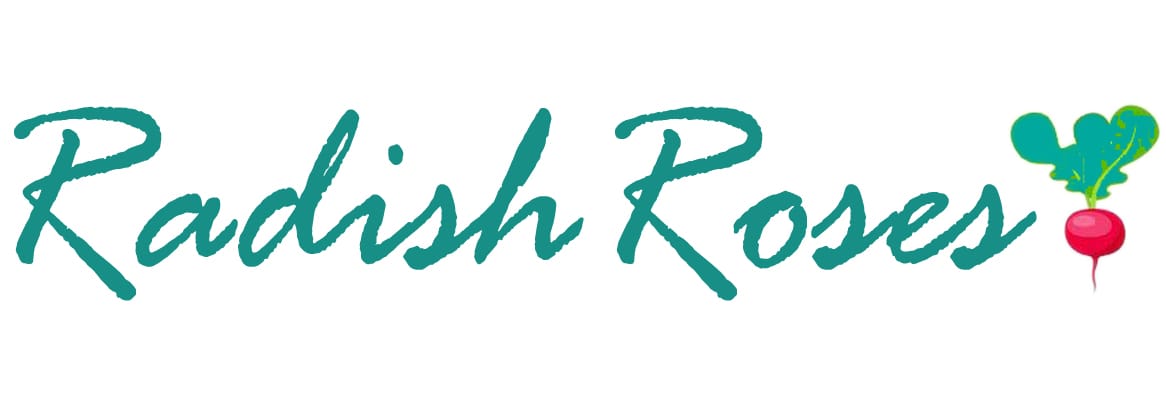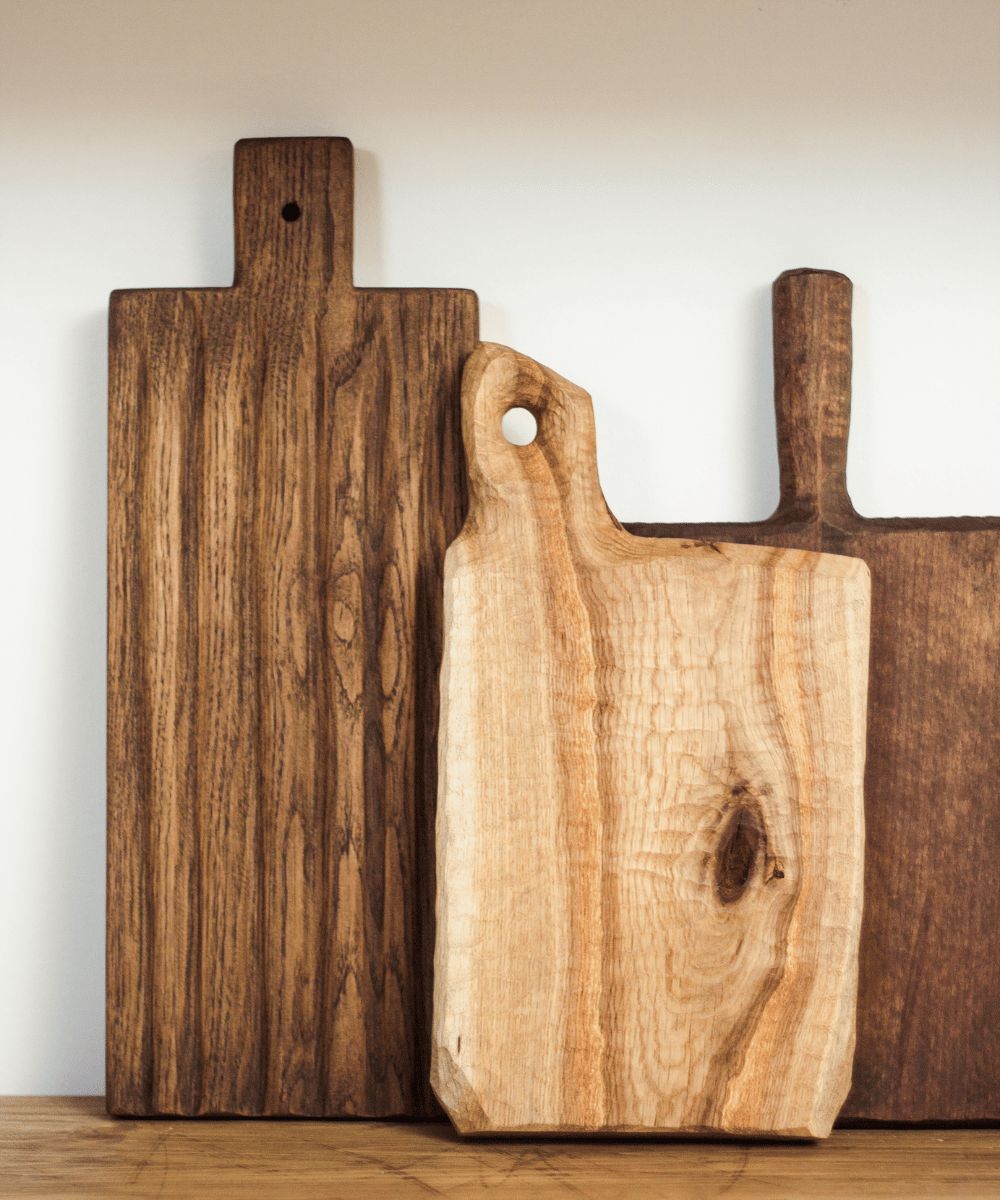When it comes to preparing your favorite meals, a cutting board is an indispensable kitchen tool. But not all cutting boards are created equal, especially when it comes to the material they're made from. Wood has been the choice material for cutting boards for centuries, offering durability, knife-friendliness, and aesthetic appeal. In this comprehensive guide, we'll explore the best types of wood for cutting boards and what makes them stand out.
Key Takeaways:
- Certain woods offer the best balance of durability, hygiene, and knife-friendliness for cutting boards.
- Hardwoods with tight grains, like maple and walnut, are preferred for their resistance to cuts and moisture absorption.
- Proper maintenance, including regular oiling and cleaning, is crucial to extend the lifespan of a wooden cutting board.
Understanding Wood Hardness and Grain
When selecting the best wood for a cutting board, two key factors to consider are the Janka hardness rating and the grain type. The Janka rating measures the resistance of wood to denting and wear, which is crucial for a surface that will be subject to constant chopping. Woods with a moderate Janka rating are ideal, as they are hard enough to withstand cuts but soft enough to be gentle on knives.
The grain of the wood is also important. Woods can have an open or tight grain, with tight-grained woods being preferable for cutting boards. Tight grains are less porous, making them more resistant to water penetration and bacteria growth, which is essential for food safety.
Maple: The Classic Choice
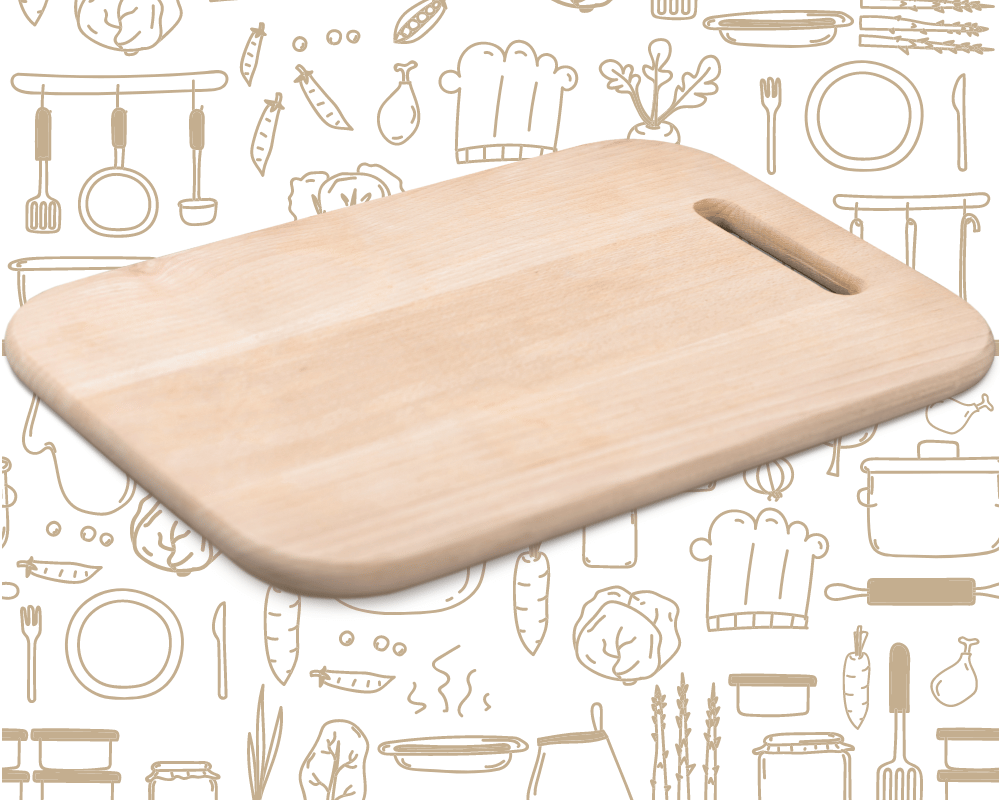
Maple is often hailed as the quintessential cutting board material, and for good reason. It's a hardwood with a fine, tight grain that resists cuts and scratches. Maple cutting boards are durable and can last for years with proper care. Additionally, maple's light color and subtle grain pattern make it an attractive addition to any kitchen.
Maple also has a natural resistance to bacteria, which is an important consideration for food preparation surfaces. Its availability and affordability make it a top choice for both professional chefs and home cooks.
Walnut: Rich Color and Durability
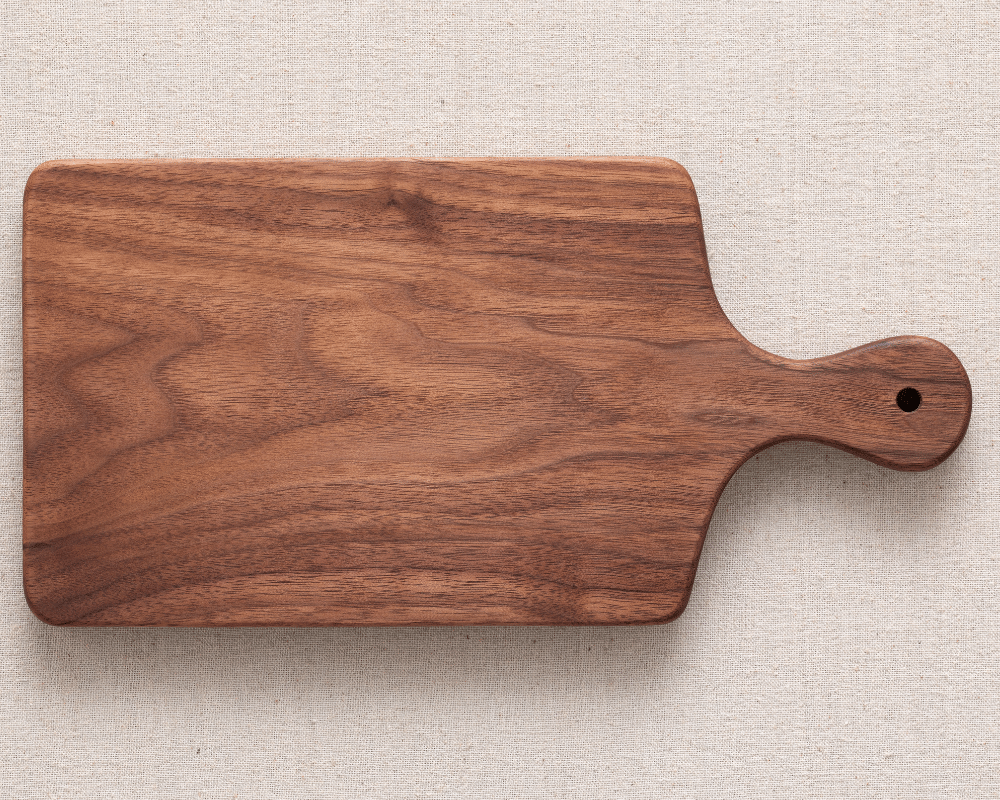
Walnut is another excellent choice for cutting boards, known for its rich, dark color that adds a touch of elegance to any kitchen. It's a bit softer than maple, which is kind to your knives, yet still offers enough hardness to be durable. Walnut's tight grain prevents excessive absorption of liquids and helps ward off bacteria.
Despite its softness, walnut is remarkably resilient and can handle heavy use without showing too much wear. Its deep hues can also help to hide knife marks better than lighter woods, keeping your cutting board looking pristine for longer.
Cherry: The Middle Ground
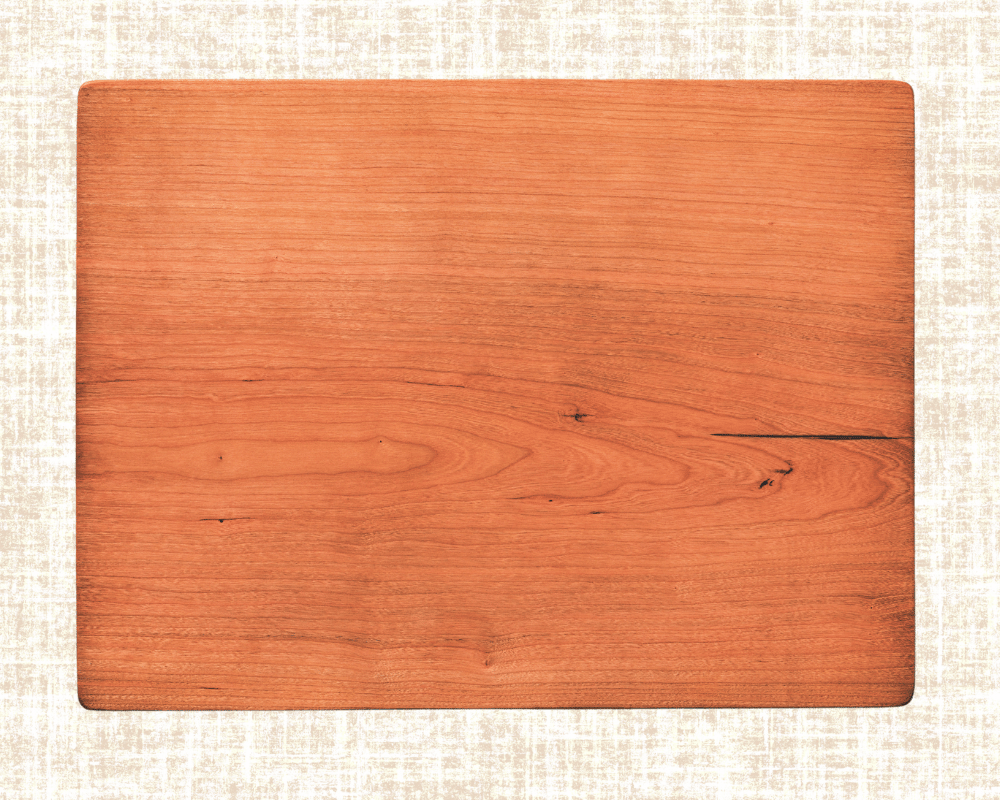
Cherry wood strikes a balance between maple and walnut in terms of hardness and color. It has a warm, reddish hue that deepens with age, and its medium hardness makes it another knife-friendly option for cutting boards. Like maple and walnut, cherry has a tight grain that helps to prevent bacteria buildup and moisture absorption.
Cherry cutting boards can be a beautiful centerpiece in your kitchen, blending functionality with aesthetic appeal. They require the same level of care as other wooden boards to maintain their condition and hygiene.
Bamboo: The Sustainable Alternative
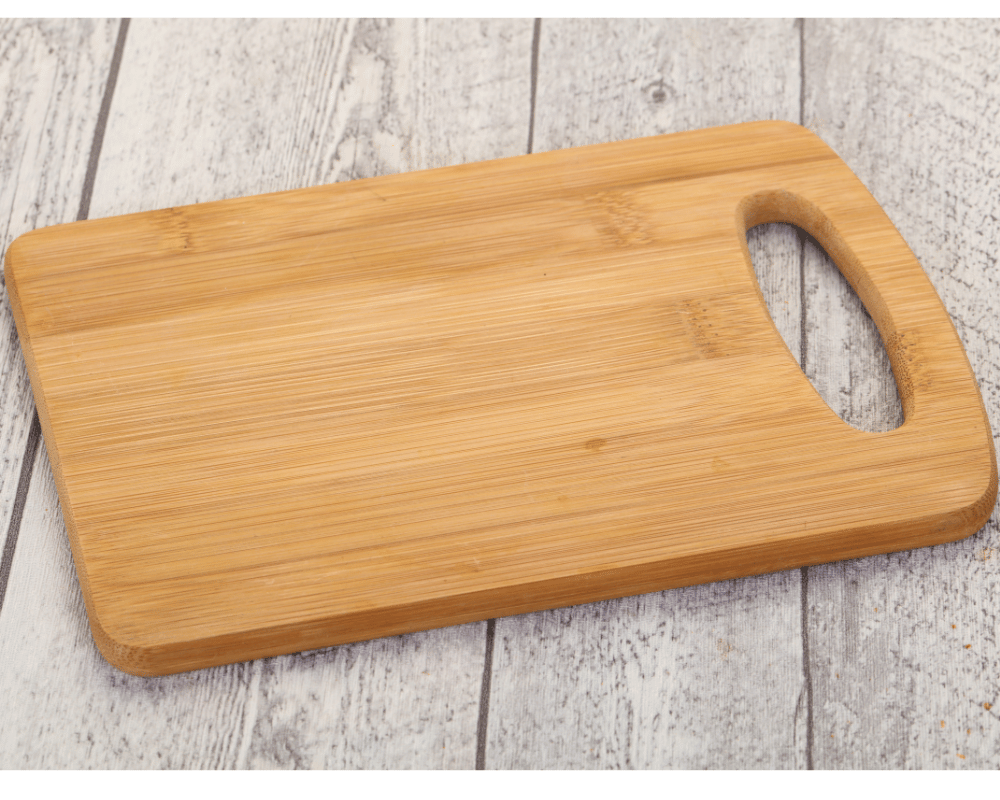
Bamboo is technically a grass, but it's often included in discussions about wooden cutting boards due to its wood-like properties. It's an incredibly sustainable option, as bamboo grows rapidly and doesn't require replanting after harvesting. Bamboo cutting boards are hard and dense, with a tight grain that resists moisture well.
However, bamboo's hardness can be tough on knives, potentially dulling blades faster than softer woods. It's also prone to splitting over time if not properly maintained. Despite these drawbacks, bamboo remains a popular choice for eco-conscious consumers.
Teak: The Resilient Option
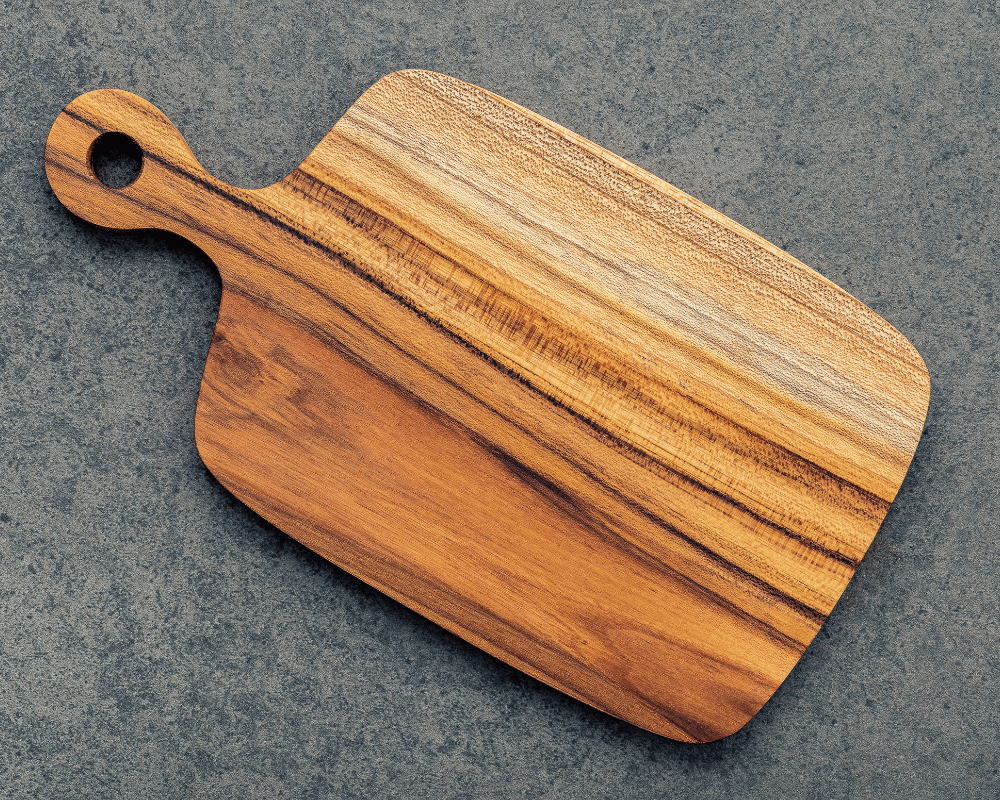
Teak is a tropical hardwood with a high oil content, which makes it naturally water-resistant and less prone to warping or cracking. Its durability makes it suitable for cutting boards that will see a lot of use. Teak's tight grain and natural oils also provide a defense against bacteria.
While teak is on the harder side, which can be harsh on knives, its resilience to moisture and decay makes it a long-lasting choice. However, it's important to source teak responsibly due to concerns over deforestation.
Acacia: The Exotic Choice
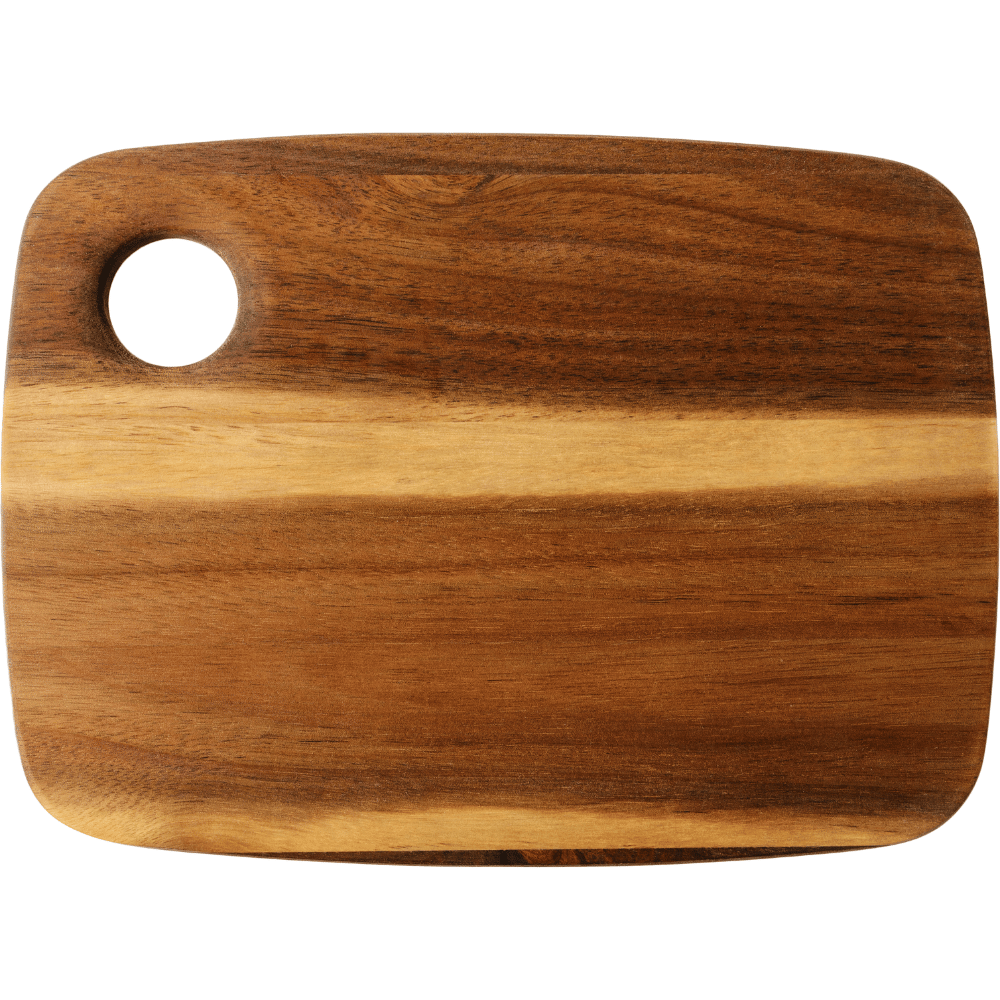
Acacia wood is known for its striking patterns and varying colors, from rich browns to golden yellows. It's a dense, durable hardwood with a tight grain that stands up well to knife cuts. Acacia cutting boards are often more affordable than other hardwood options, making them a great value for their quality.
The wood's natural oils help to repel moisture and reduce the risk of bacteria growth. Acacia's unique appearance can make it a statement piece in your kitchen, combining functionality with distinctive style.
Caring for Your Wooden Cutting Board
No matter which wood you choose, proper care is essential to maintain the quality and hygiene of your cutting board. Regular cleaning with mild soap and warm water, followed by thorough drying, is necessary to prevent bacteria buildup. Avoid soaking wooden boards, as this can cause warping and cracking.
Oiling your cutting board with food-grade mineral oil will help to keep the wood conditioned and prevent it from drying out. This should be done monthly or as needed, depending on the frequency of use and the climate in your home.
The Environmental Impact of Your Choice
When choosing the best wood for your cutting board, it's important to consider the environmental impact of your purchase. Look for woods that are sustainably harvested or certified by organizations like the Forest Stewardship Council (FSC). By choosing responsibly sourced wood, you can help to support sustainable forestry practices and reduce your ecological footprint.
Summary
Selecting the best wood for your cutting board comes down to balancing durability, knife-friendliness, and hygiene. Maple, walnut, cherry, bamboo, teak, and acacia each offer unique benefits and can be excellent choices depending on your needs and preferences. Remember that proper care and maintenance are key to extending the life of your cutting board and ensuring it remains a safe surface for food preparation.
FAQ Section
Q: Can I use olive oil to condition my wooden cutting board? A: It's not recommended to use olive oil or other cooking oils to condition your cutting board, as these can become rancid over time. Instead, use food-grade mineral oil, which is stable and won't spoil.
Q: How often should I replace my wooden cutting board? A: With proper care, a high-quality wooden cutting board can last for many years. Replace your board if it has deep cuts, warping, or signs of decay that could harbor bacteria.
Q: Is it better to use separate cutting boards for meat and vegetables? A: Yes, it's advisable to use separate cutting boards for raw meat and vegetables to prevent cross-contamination. Consider having different colored boards or designating specific boards for each food type.
